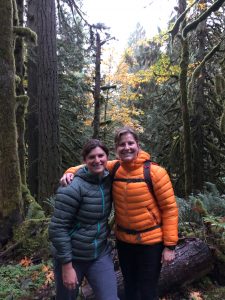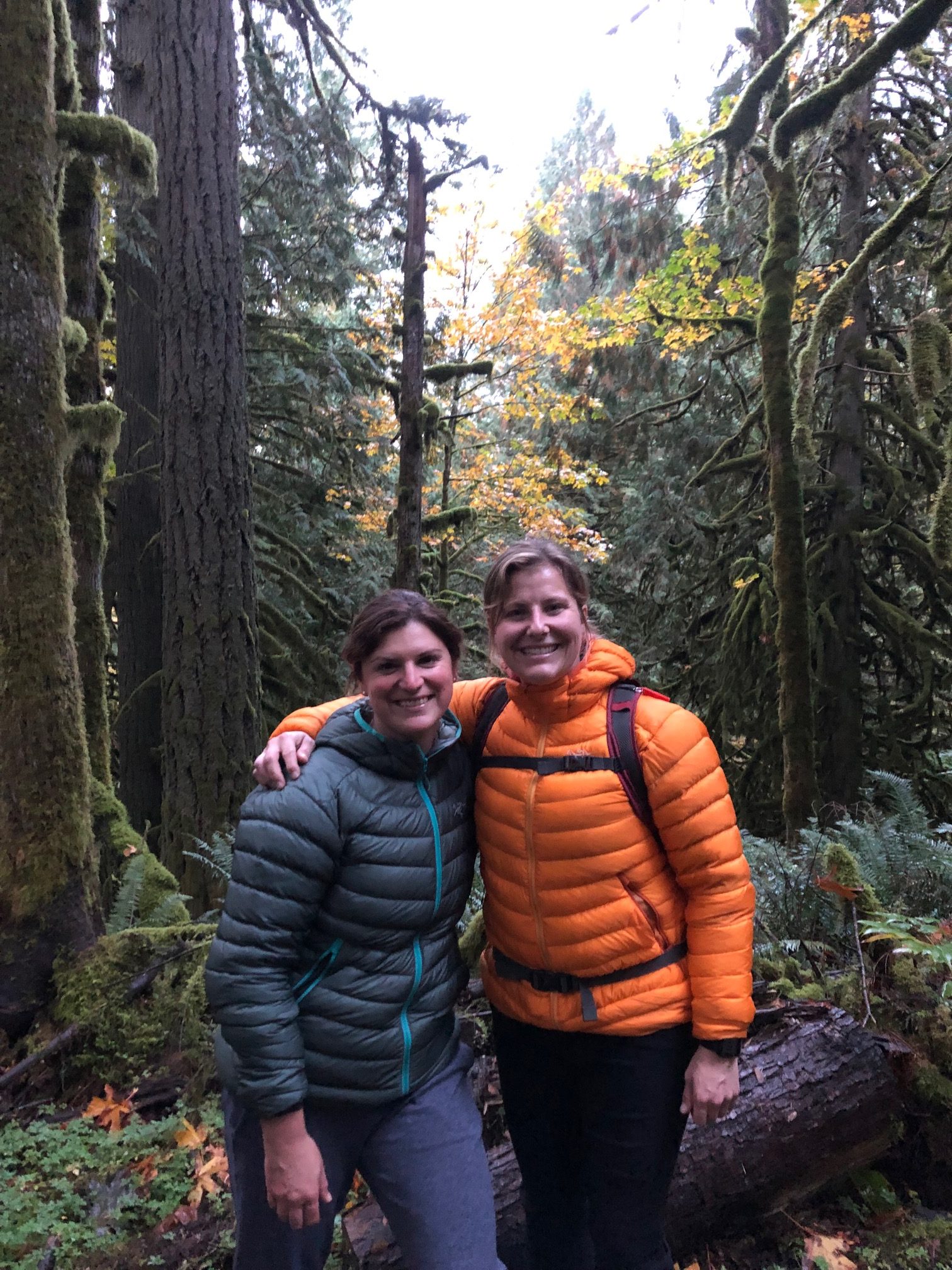 Submitted by guest bloggers Dr. Iris Lesser and Joleen Prystupa
Submitted by guest bloggers Dr. Iris Lesser and Joleen Prystupa
Preemptive measures to reduce the spread of COVID-19 led the Canadian government to implement restrictions to help Canadians stay as safe as possible throughout the COVID-19 pandemic. However, these restrictions may have unintended consequences such as a reduction in positive lifestyle behaviors placing individuals at increased risk for chronic health conditions (Chen et al., 2020). It is recommended by the Canadian Society of Exercise Physiology that Canadian adults engage in 150 minutes of moderate to vigorous physical activity per week in 10 minute bouts in order to receive health benefits. However, only approximately 2 in 10 Canadian adults meet these guidelines (Statistics Canada), further, the ability to engage in physical activity may be disrupted due to restricted access to places such as recreation centers, gyms, playgrounds, and parks.
Physical activity is strongly associated with mental health and wellness – physically active individuals generally experience less stress, depression and anxiety (Chekroud et al., 2018). Physical activity has also been shown to be a potential treatment for depression and anxiety in addition to, or in place of, pharmaceuticals (Carek et al., 2011). An especially promising benefit of physical activity arises from research done in an outdoor environment with increased nature exposure. Exposure to nature has been shown to increase positive psychological health outcomes such as happiness, mood and self-esteem, enhances vitality, and reduces stress (Nguyen & Brymer, 2018).
A study conducted by Iris Lesser and Carl Nienhuis in the department of kinesiology looked at how COVID-19 restrictions affected physical activity behavior and mental health of Canadians and found a strong association between anxiety and the amount of outdoor physical activity individuals reported. COVID-19 restrictions have created a new normal that Canadians will need to adapt to: working from home has become mainstream, practicing safe physical distancing of a minimum of 2 meters, and a decrease in all non-essential travel. For this reason, outdoor activities such as walking, hiking, water sports and biking appear to be promising options in which people can remain responsible and safe by adhering to COVID-19 restrictions.
So how do you increase the amount of physical activity you practice in outdoor environments in the times of COVID-19? Don’t overcomplicate it and have realistic expectations. Long, challenging and hard to access hikes are not the only opportunity to be physically active outdoors and if you are new to physical activity know that the outdoors is an opportunity for everyone to learn to be active. We are especially lucky to live in British Columbia and specifically the Fraser Valley where natural outdoor spaces are in our backyard with accessibility for beginners through advanced exercisers and outdoor users.
Tips and Tricks for getting outside
- Know your limits and play within them- Now may not be the best time to learn a new sport as we want to remain as safe as possible to minimize accidents. Assess your personal fitness and skill level and who you will be outdoors with before you pick your adventure. If you do not currently meet the physical activity guidelines and are not a regular outdoor user, stick to beginner trails. There has been a 35% increase in search and rescue calls in BC compared to this time last year and Adventure Smart BC asks outdoor users to be prepared and to explore within their own community (Chilliwack Progress, 2020).
- Check park openings and closures- These can be confusing, as they are continually changing. Check the following link before you head out: http://bcparks.ca/covid-19/parks-affected/?fbclid=IwAR0t532HHX2WChCkvfr7ZfwwswOUw4CY1tmncSMi55-r3ne81rnd3FkSN-w
- Have a back up outdoor activity or location planned- If you arrive in an area that you do not think social distancing can be accomplished, move on to a less popular location.
- Stay local- Outdoor stores will have information and books that show you hikes within your local area. Chilliwack has created a resource guide showing local hikes in the area, from beginner to advanced. Go to the following link to find a download of maps and descriptions of the trails: https://tourismchilliwack.com/hike-chilliwack/
- Some of our favorite hikes:
Beginners and Families Intermediate Advanced Chilliwack Community Forest Mount Thom Park Elk-Thurston Seven Sisters Trail Vedder Mountain Ridge Trail Gloria Lookout Vedder Rotary Trail Teapot Hill Radium Lake
- Go early
- Remain 2 meters apart- Be respectful of others on the trail. Move to the side and create space. Avoid single track, in-and-out trails that do not allow for space to pass.
- Have a clean kit- hand sanitizer, lysol wipes, and ziplock bag to carry out your trash.
- Be prepared- Plan for the specific activity you want to be doing (your own water bottle, first aid kit, communication device, proper clothing for all types of weather, a whistle, bear spray, area maps etc).
- Be kind to others. Many people have questions about the constantly changing restrictions. Lets reduce public shaming, and encourage others to get outside in a safe and responsible way.
- A BC Parks video about the reopening of day use areas May 14, 2020: https://www.facebook.com/YourBCParks/videos/335743570721525/

